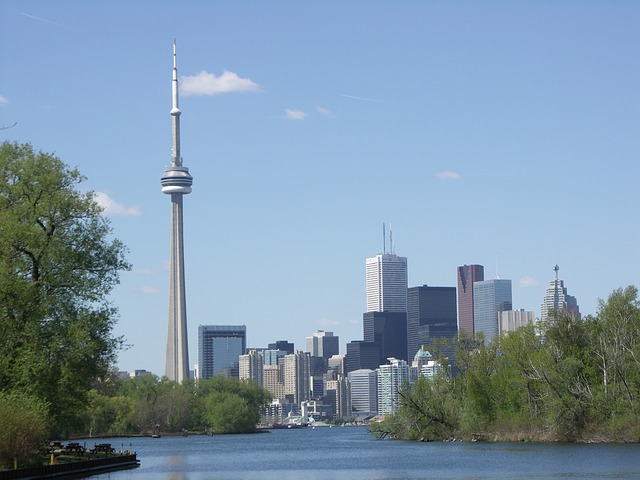Tower
The correct definition of 'tower' is a type of structure that is tall in proportion to the size of its base, often by a considerable margin. A tower is different from a tall building in that it is not built for habitation or for work, but serves other functions, primarily achieved by its height. However, towers may be intended for regular human access, for example as an observation platform.
Despite this, the term 'tower' is also sometimes applied to tall buildings, such as Trump Tower, Almas Tower, Princess Tower, Sea Sand Tower, and so on, and in the UK, high-rise residential buildings are often referred to as ‘tower blocks’.
Pure towers tend to be free-standing, self-supporting structures that do not use guy-wires (unlike masts). They can however be built attached to a building (such as a church tower or clock tower) or a wall (such as a watchtower).
The form of towers generally tapers upwards to ensure the load of the material at height can be supported by the structure below. They must also have sufficient stiffness to avoid buckling under applied loads such as heavy winds.
Historically, towers tended to be used for defensive or military purposes, and the term could be used to refer to an entire fortress, such as the Tower of London. The Romanesque and Gothic periods incorporated towers within the design of churches and cathedrals, sometimes with a spire or a flat roof. Towers were also commonly built onto prominent structures with clocks, such as town halls and other public buildings.
The development of structural steel as a framing device in the late-19th and early-20th centuries enabled towers to be built much taller, most notably, the Eiffel Tower in Paris.
Other types of tower include; cooling towers, water towers, communications towers, and so on.
Some of the most famous towers in the world include:
- Blackpool Tower.
- BT Tower.
- CN Tower.
- Eiffel Tower.
- Emley Moor transmitting station.
- Fernsehturm Berlin.
- Kobe Port Tower.
- Leaning Tower of Pisa.
- Space Needle.
- Watts Towers.
[edit] Related articles on Designing Buildings Wiki
Featured articles and news
Wellbeing in Buildings TG 10/2025
BSRIA topic guide updates.
With brief background and WELL v2™.
From studies, to books to a new project, with founder Emma Walshaw.
Types of drawings for building design
Still one of the most popular articles the A-Z of drawings.
Who, or What Does the Building Safety Act Apply To?
From compliance to competence in brief.
The remarkable story of a Highland architect.
Commissioning Responsibilities Framework BG 88/2025
BSRIA guidance on establishing clear roles and responsibilities for commissioning tasks.
An architectural movement to love or hate.
Don’t take British stone for granted
It won’t survive on supplying the heritage sector alone.
The Constructing Excellence Value Toolkit
Driving value-based decision making in construction.
Meet CIOB event in Northern Ireland
Inspiring the next generation of construction talent.
Reasons for using MVHR systems
6 reasons for a whole-house approach to ventilation.
Supplementary Planning Documents, a reminder
As used by the City of London to introduce a Retrofit first policy.
The what, how, why and when of deposit return schemes
Circular economy steps for plastic bottles and cans in England and Northern Ireland draws.
Join forces and share Building Safety knowledge in 2025
Why and how to contribute to the Building Safety Wiki.
Reporting on Payment Practices and Performance Regs
Approved amendment coming into effect 1 March 2025.
























Comments